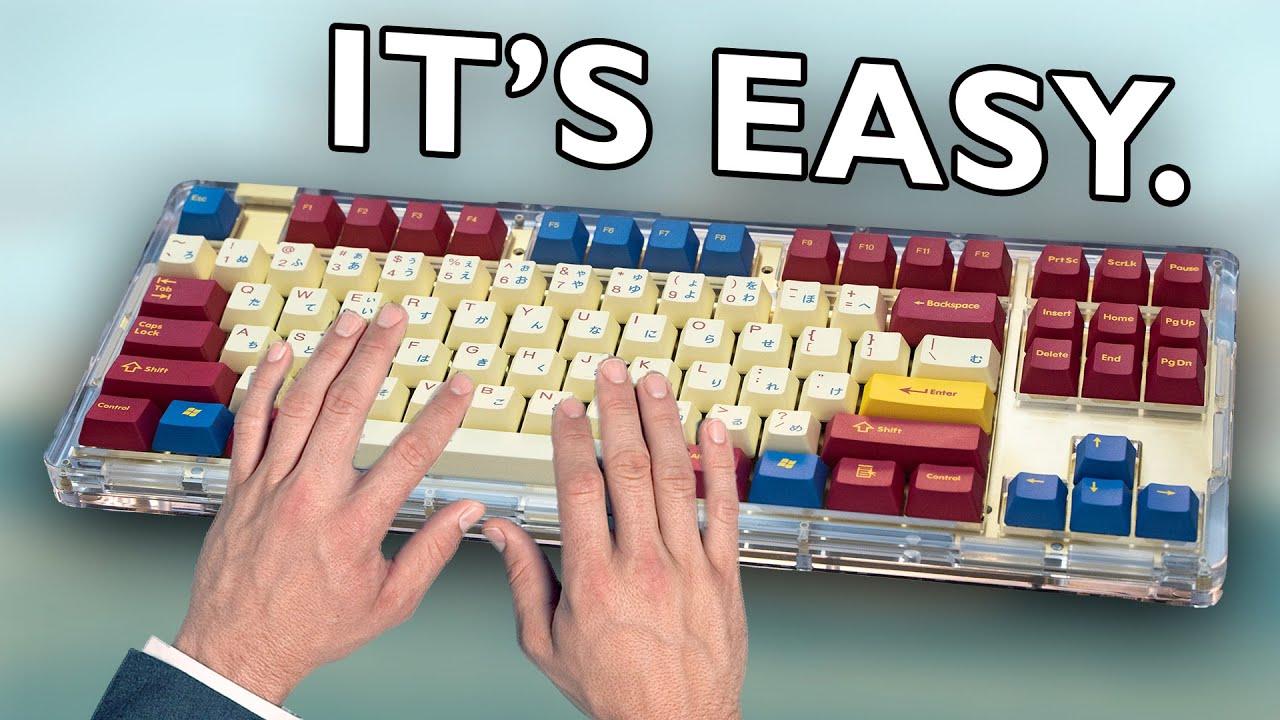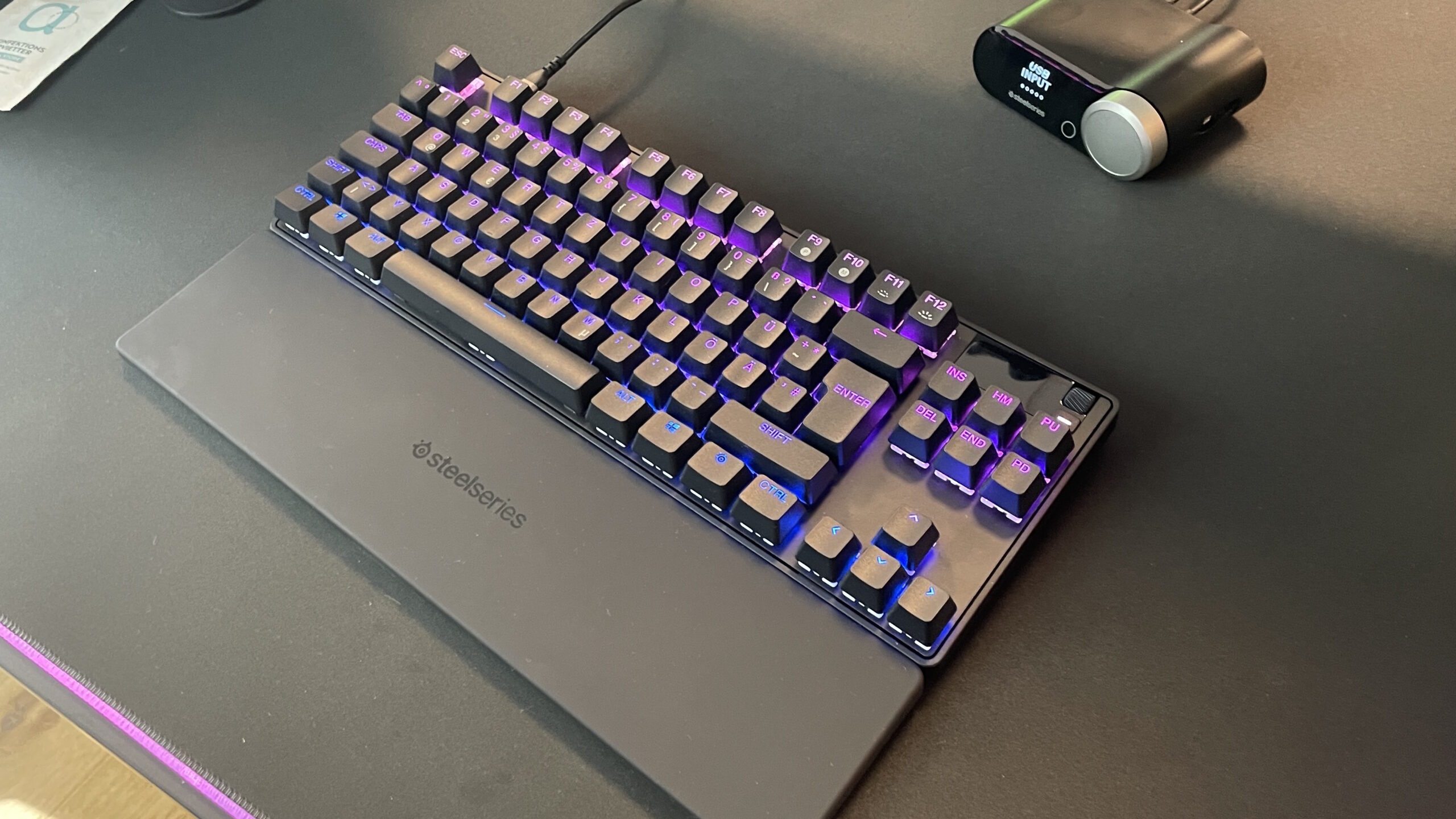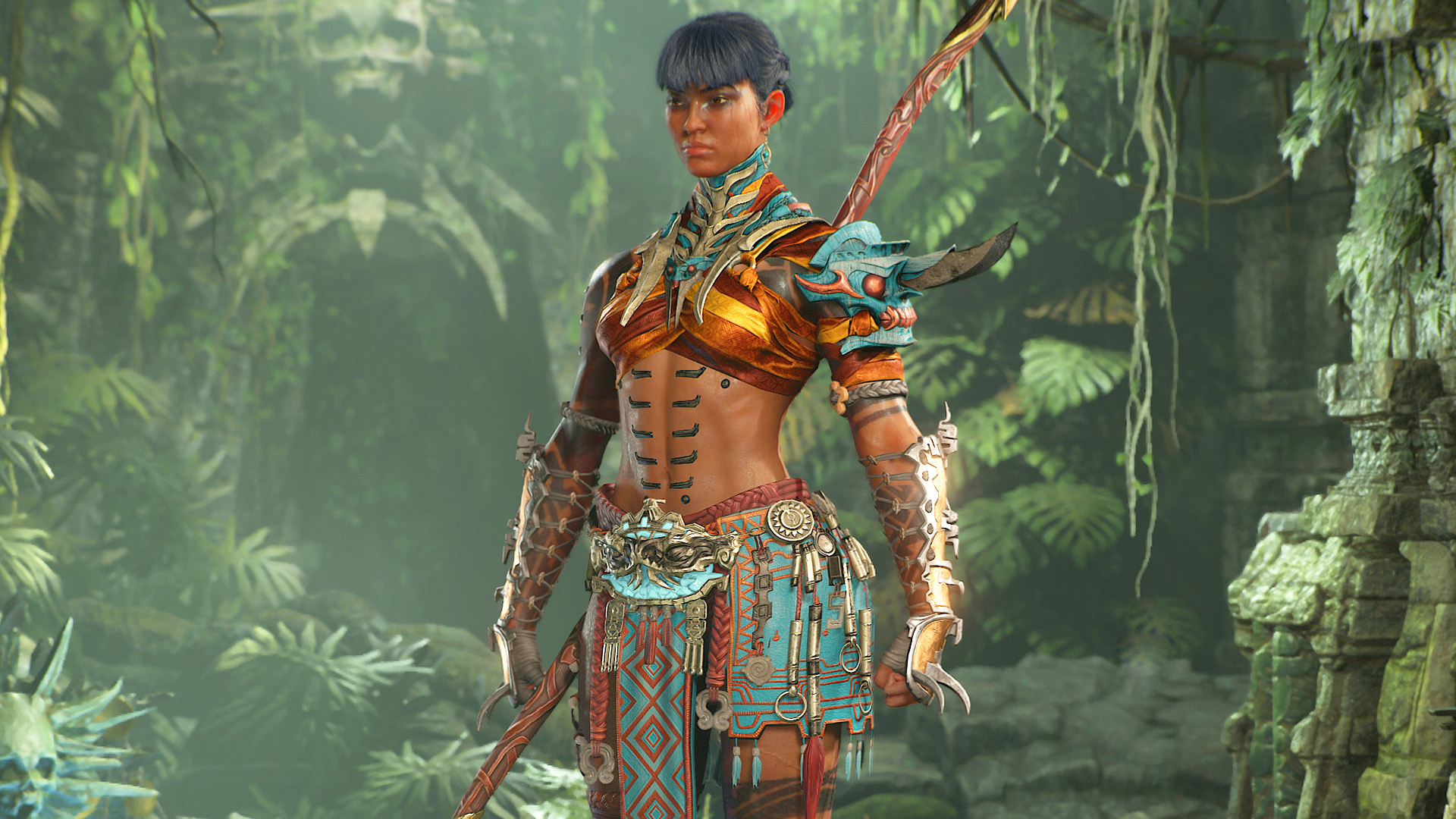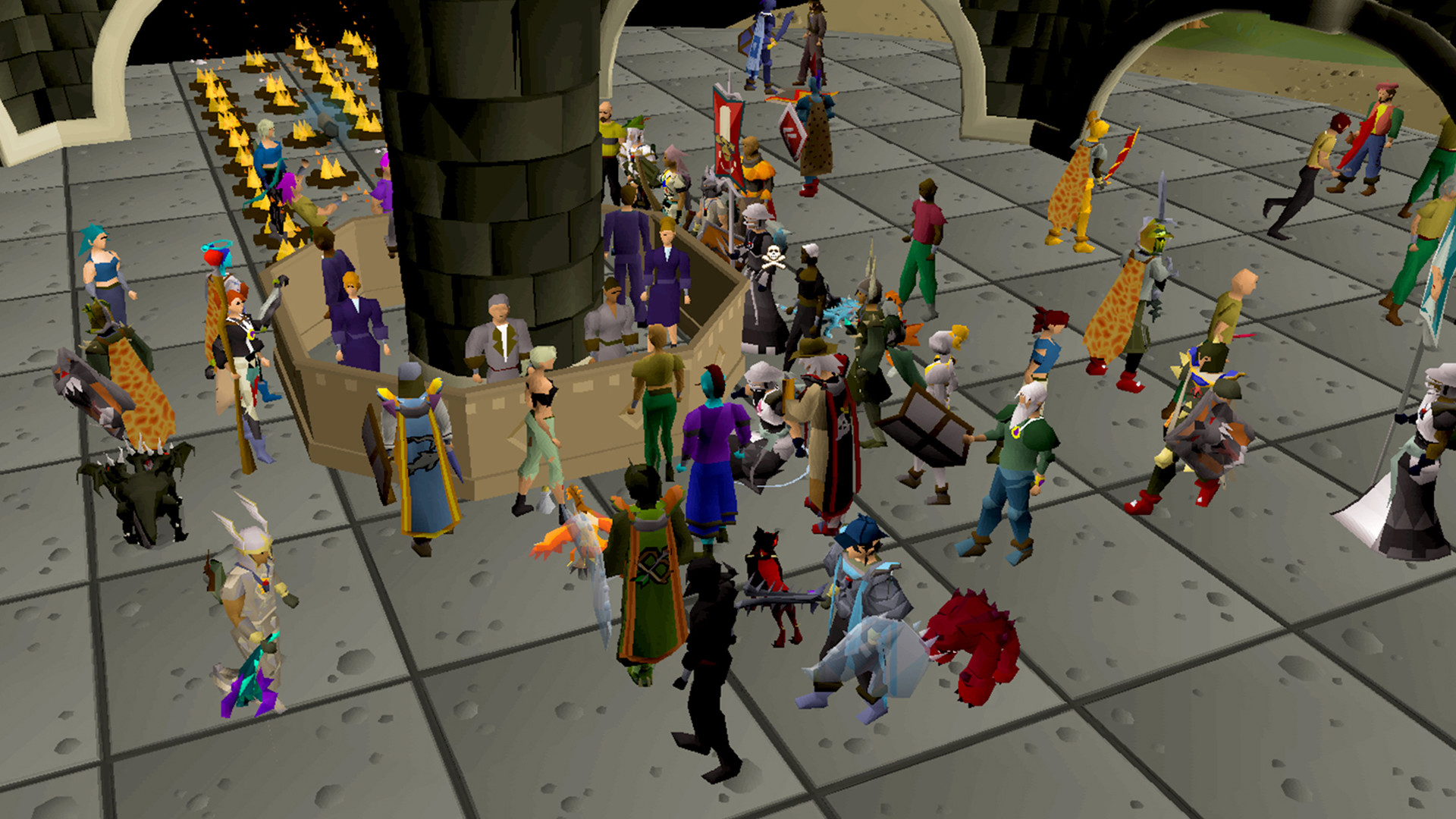

Jacob Fox, hardware writer
This week I’ve been: in between testing portable SSDs such as the TeamGroup PD20 and Adata SD810, I’ve been playing some Deadlock and finally trying out some different Heroes (sorry, Pocket).
A lot’s changed since I first developed an affinity for all things clicky and clacky. Historically, there’s usually been a pretty clear separation between gaming keyboards and enthusiast keyboards for typing nerds. Now, however, that distinction seems to be fading.
True enough, mechanical gaming keyboards were never really bad. When I got my hands on the original Razer BlackWidow back in 2010 or 2011, I was blown away. The difference between a membrane keyboard and a mediocre mechanical keyboard felt worlds apart (because it is).
However, although I didn’t know it at the time, those first-gen mechanical gaming keyboards didn’t hold a candle up to office-oriented keyboards from the likes of Ducky, Filco, and Das. Not for sheer typing experience, anyway.
Nowadays, of course, the office-oriented Duckys, Filcos, and Das keyboards of the world aren’t even the best of top-tier enthusiast keyboards. The custom keeb scene holds the keys to thocky top-tierdom, alongside more niche pre-built options such as the Topre Realforce R2 or HHKB.
Delve into the custom keyboard YouTube rabbit hole and you’ll see what I mean. It’s full of people turning cheap smaller-branded boards such as the Royal Kludge RK61 into gloriously creamy-sounding and crazy-looking keyboards that can rival the best that any mainstream enthusiast brand can offer from a pre-built.
This is in part due to increased demand over the years encouraging the growth of a market that now gives ordinary users some genuinely great options for relatively cheap. There are tons of stellar switches, budget keyboard manufacturers, and modular (eg, hot-swappable) designs out there. Getting a great enthusiast keyboard has never been easier or cheaper.
But, back to the point, even as this market started opening up, gaming keyboards remained firmly on the non-enthusiast side of the fence. And this was fine, because having different target markets is fine.
Gamers were largely content with some mechanical goodness sprinkled into their RGB-laden, macro-heavy, software-enhanced (possibly bloated) clackers. And enthusiast power users were mostly content with keeping all those things far away from their understated thockers.
As the years went on, gaming keyboards came to have more and more genuine differentiators rather than what was arguably an overabundance of aesthetic nice-to-haves. Hall effect switches have, for instance, been a game-changer. Not only do they allow for analogue-stick-esque movement, but also tons of other things such as super-fast and entirely adjustable actuation.
The enthusiast market has traditionally opted against such supposedly “gimmicky” things in favour of solid construction and near-perfect typing experience. No rattle, no wobble, no ping, just ASMR heaven.
Over time, the keyboards and keyboard parts in this enthusiast market started to become cheaper and more available, too. And the thing is, if you make the enthusiast market so accessible and so damn alluring, it’s inevitable that PC gamers will get itchy for some of that glorious thock and that peripheral manufacturers will want to capitalise on it.
Which is where we’re at right now. Last month I was lucky enough to try out SteelSeries’ new Hall effect gaming keyboard and the main thing I was struck by was just how close it gets to having an enthusiast keeb’s sound and feel. And while this one in particular isn’t quite there, keyboards such as the Asus ROG Azoth Extreme are—even if you do have to take out a second mortgage to afford them.
These high-end gaming keyboards now seem to be aiming towards integrating a great typing experience that was traditionally reserved for non-gaming keebs. This much was made pretty explicitly clear to me by SteelSeries representatives as they waxed lyrical (and rather convincingly so) about there being a market for gaming keyboards that are also used for work, and so on.
Now, I don’t know quite how niche I am in this opinion, but when it comes to keyboards I value stellar sound and feel above all else—and I mean all else. This means a heavy metal body, tons of dampening, lubrication, great stabilisers, and of course a pleasant switch.
This has historically put me in quite a dilemma. I love gaming, and I love (some) gaming features. But I love the typing experience more. It’s not just an “I write all day” thing, either—I’ve loved a simple but quality keyboard experience ever since my button-mashing Starcraft 2 days. (Not all gaming is WASD, you know?)
All this unfortunately meant that, despite years of being excited for Hall effect keyboards and all they offer, I could never quite bring myself to prefer them to the peak typing experiences that custom and enthusiast keyboards offer.
Until now, that is. Now, gaming keyboards have started pushing the boat out when it comes to typing experience. When you have Wooting and Keychron and Asus and now SteelSeries vying for the typing experience spotlight, it’s a good sign for us enthusiast keyboard lovers who are also gamers.
The move towards market convergence is pretty new, in the grand scheme of things. Which means it’s far too early to write off the possibility of genuine convergence that can satisfy gamers like me, who want the best typing experience possible but look over enviously at the benefits of Hall effect sensors and other doodads.
If anything, all signs are pointing in that direction. Fingers crossed.



